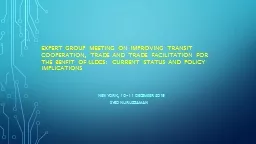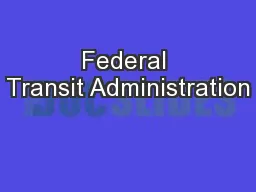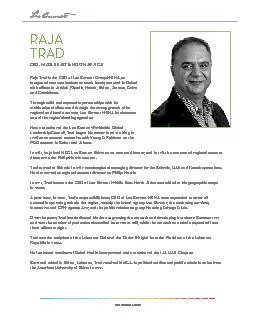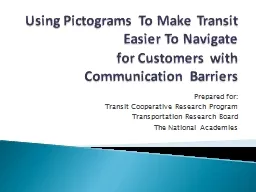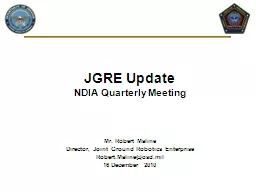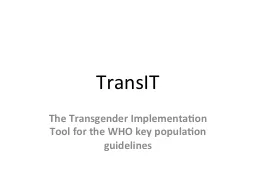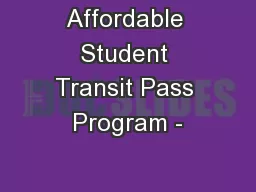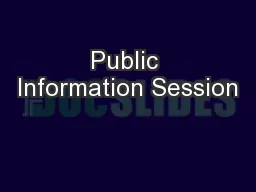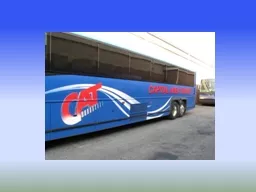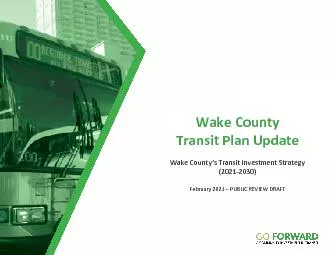PPT-EXPERT GROUP MEETING ON IMPROVING TRANSIT COOPERATION, TRAD
Author : trish-goza | Published Date : 2016-09-06
llDCS CURRENT STATUS AND POLICY IMPLICATIONS new York 1011 December 2015 SYED NURUZZAMAN Structure of the report
Presentation Embed Code
Download Presentation
Download Presentation The PPT/PDF document "EXPERT GROUP MEETING ON IMPROVING TRANSI..." is the property of its rightful owner. Permission is granted to download and print the materials on this website for personal, non-commercial use only, and to display it on your personal computer provided you do not modify the materials and that you retain all copyright notices contained in the materials. By downloading content from our website, you accept the terms of this agreement.
EXPERT GROUP MEETING ON IMPROVING TRANSIT COOPERATION, TRAD: Transcript
Download Rules Of Document
"EXPERT GROUP MEETING ON IMPROVING TRANSIT COOPERATION, TRAD"The content belongs to its owner. You may download and print it for personal use, without modification, and keep all copyright notices. By downloading, you agree to these terms.
Related Documents

